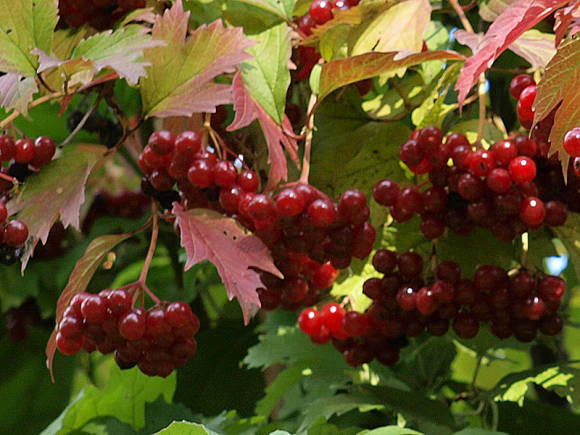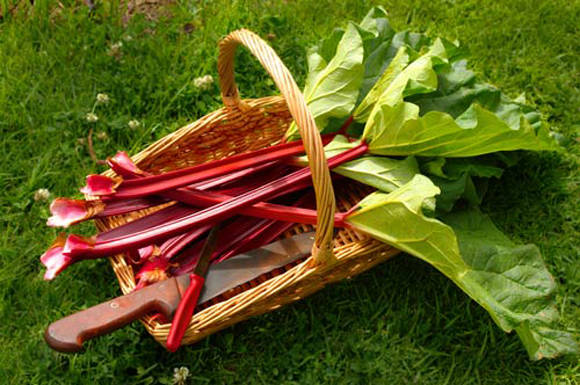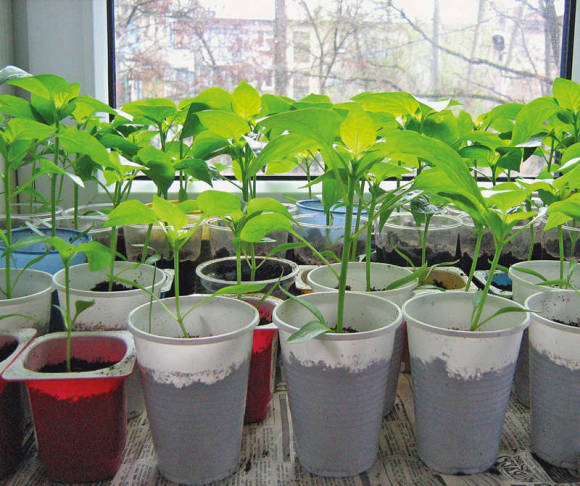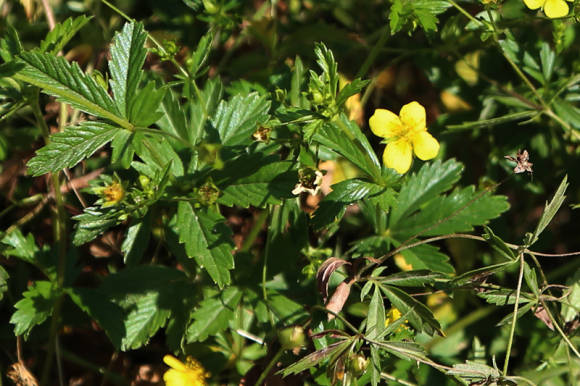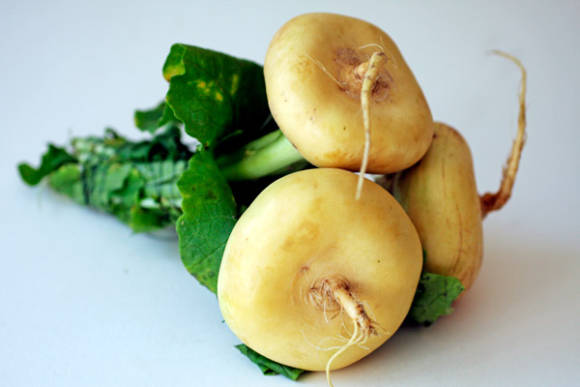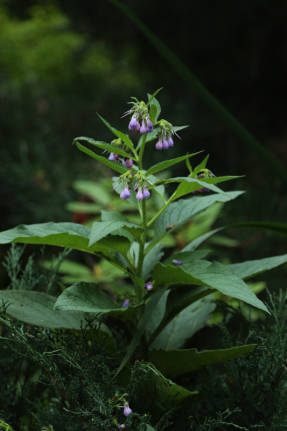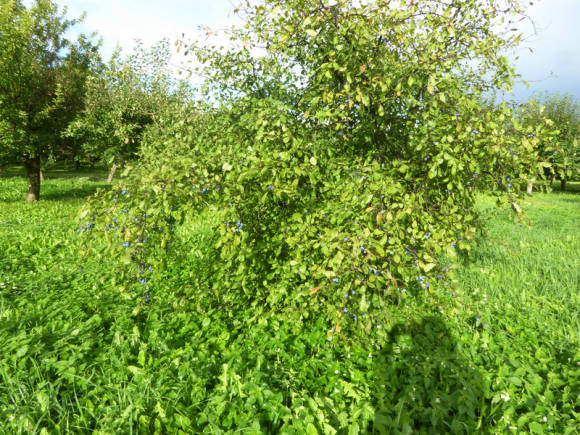
June and part of July are marked by this wonderful berry. The generic name of the strawberry - "fragaria" - comes from the Latin "fragrant" and was given because of the pleasant smell of its fruits. When strawberries begin to ripen in forests and meadows, their aroma spreads far around.
Wild strawberries are widespread in the forest and forest-steppe zones of the European part of Russia, in Western and Eastern Siberia, in the Caucasus, in Kazakhstan and in the Tien Shan mountains. It grows in sparse coniferous forests, on forest edges, clearings, old burned-out areas, in forest meadows and glades, less often among thickets of bushes. Strawberries grow especially in fresh felling areas. Quickly captures new territories thanks to creeping shoots - "mustache". In the central regions of Russia, 50-1500 kg of fresh berries can be harvested from 1 hectare of natural thickets.
In addition to wild strawberries, there are several other species close to it on the territory of the country.
Medicinal properties of wild strawberry
Wild strawberries are not only tasty and aromatic, they are a valuable dietary product and an excellent medicine. Berries are eaten fresh, with milk and cream, processed into jams, marmalades, syrups, marmalade, candy filling, wine and soft drinks. Fresh fruits quench thirst, stimulate appetite.
In children, strawberries sometimes cause an allergic rash, so nutritionists advise using it with honey or milk, but the combination with heavy cream or sour cream is not recommended.
Strawberries have long been used in folk medicine in many countries of the world.
She is mentioned in the writings of Virgil, Ovid, Pliny. It is known that Karl Linnaeus recovered from gout with strawberries, and the famous Russian therapist G.I. Zakharyin recommended long-term use of strawberry tea for gout. Strawberries are useful for people of all ages, but in some it causes skin redness, itching, dizziness, nausea, which quickly disappear with the termination of the berry intake. In folk medicine, juice from fresh berries, an aqueous decoction (2 tablespoons of dry berries in a glass of boiling water), as well as fresh berries are especially popular.
Strawberries contain about 6% sugars (mainly fructose and glucose), a large amount of organic acids (malic, citric, cinchona), up to 50 mg% vitamin C, carotene, vitamins B1 and B6, as well as tannins and pectin substances, essential oil , many minerals (iron, calcium, phosphorus, potassium, copper, chromium, iodine), phytoncides and flavonoids. Nuts (the so-called seeds) contain up to 19% fatty oil. In rhizomes with roots, more than 9% tannins.
Fresh fruits and an infusion of strawberry leaves improve the functioning of the gastrointestinal tract, are a mild laxative. They are used to treat diabetes, gastritis, catarrh of the small and large intestines. The infusion of leaves has a beneficial effect on the work of the heart - it slows down the rhythm and increases the strength of heart contractions, has a vasodilating effect. The plant has a slight expectorant and pronounced diuretic effect. It is especially indicated for patients suffering from kidney stones, metabolic disorders. Berries are a choleretic agent that increases the secretion of bile and the content of bile acids in it. Taking into account this and a small antispasmodic effect, strawberries are useful for patients suffering from diseases of the liver and gallbladder. Berries and leaves give a good effect in diseases of the spleen.

An infusion of leaves and a decoction of roots are prescribed as a hemostatic agent for uterine bleeding, especially with fibroids. There is information about the positive effect of leaf infusion in bronchial asthma and atherosclerosis. Fresh fruits and juice are especially useful for children, weakened patients and people with a low hemoglobin content, since they contain a large amount of iron, calcium and vitamins.In Belarus, a decoction of leaves and berries is used for colds as a diaphoretic. From a decoction of rhizomes and infusion of roots, a bath is prescribed for hemorrhoids.
Infusions of berries and leaves have antiseptic and deodorant properties. They are used to eliminate bad breath, gum disease, tonsillitis, eczema, scrofula, itching, purulent ulcers and weeping wounds. Compresses (ripe berries are kneaded, spread with a thick layer on a clean linen cloth and applied to a sore spot) are used for diathesis, lichen, rashes. Fresh strawberries are used to dissolve tartar. Cosmetologists recommend using the pulp of berries to increase the elasticity of the skin of the face and neck, remove acne and freckles.
Cosmetic mask with strawberries
It has whitening, smoothing and anti-inflammatory properties. Strawberries are indispensable if you want to get rid of cosmetic defects: age spots, freckles, acne, fine wrinkles. Rub the berries over your face and rest for 20 minutes. Rinse off, alternating between warm and cool water.
Harvesting medicinal raw strawberries
Strawberry leaves (without petioles) are harvested during the flowering period, fruits - in June – July. Only ripe berries are harvested. They are harvested without stalks and cups. It is better to do this in the morning, when the dew has melted, or at the end of the day. Wet, overripe or crumpled berries, as well as picked in the heat, spoil easily. Dry the fruits in a well-ventilated area, sprinkling them in a thin layer. The rhizomes are dug up in the fall, peeled and dried until they crack with a bang.
The healing properties of wild strawberries are much higher than garden strawberries ("strawberries" - as they are mistakenly called). Strawberries are a good honey plant.
Recipes for the use of wild strawberries
- One tablespoon of leaves (a mixture of grass and roots is possible) is poured with two glasses of water, heated in a water bath for 30 minutes, insisted for two hours, filtered. Drink half a glass daily for a long time ("strawberry tea").
- Pour 1-2 tablespoons of leaves with two glasses of boiling water, leave until cooled, drain. Take one tablespoon every two hours.
- Juice from fresh berries is drunk on an empty stomach, 50-100 grams (4-6 tablespoons) to prevent hypovitaminosis and liver diseases.
- Decoctions and infusions are prepared from the leaves and roots of strawberries collected and dried over the summer. Take 20 g of the collection, pour 1.2 cups of water and put on low heat. Boil for 5-10 minutes, whichever is more in your collection: if leaves - 5, if roots - 10 minutes. Cool and leave for 2 hours, then strain. This medicine is for 2 days. Drink a tablespoon 3-4 times a day.
Strawberry recipes:
- Strawberry soup
- Strawberry compote
- Strawberries in their own juice
"Ural gardener", No. 30, 2019

